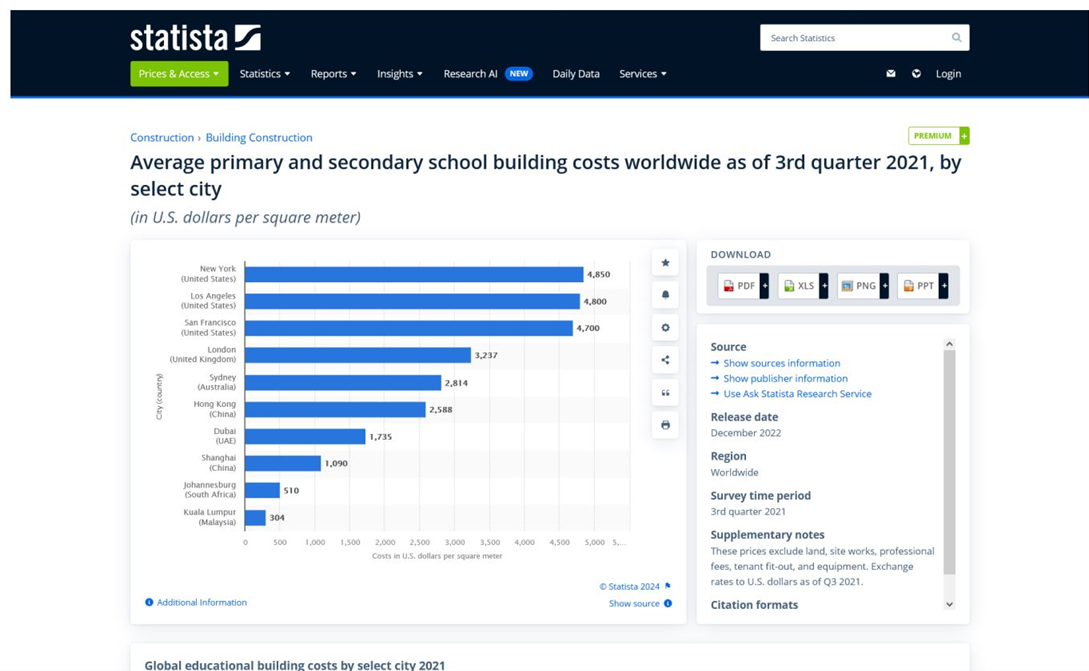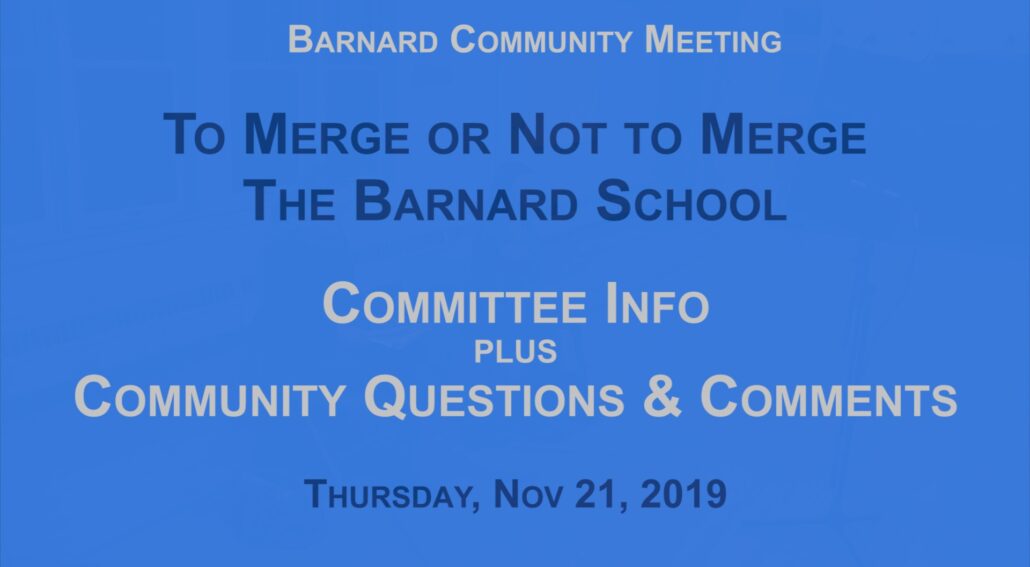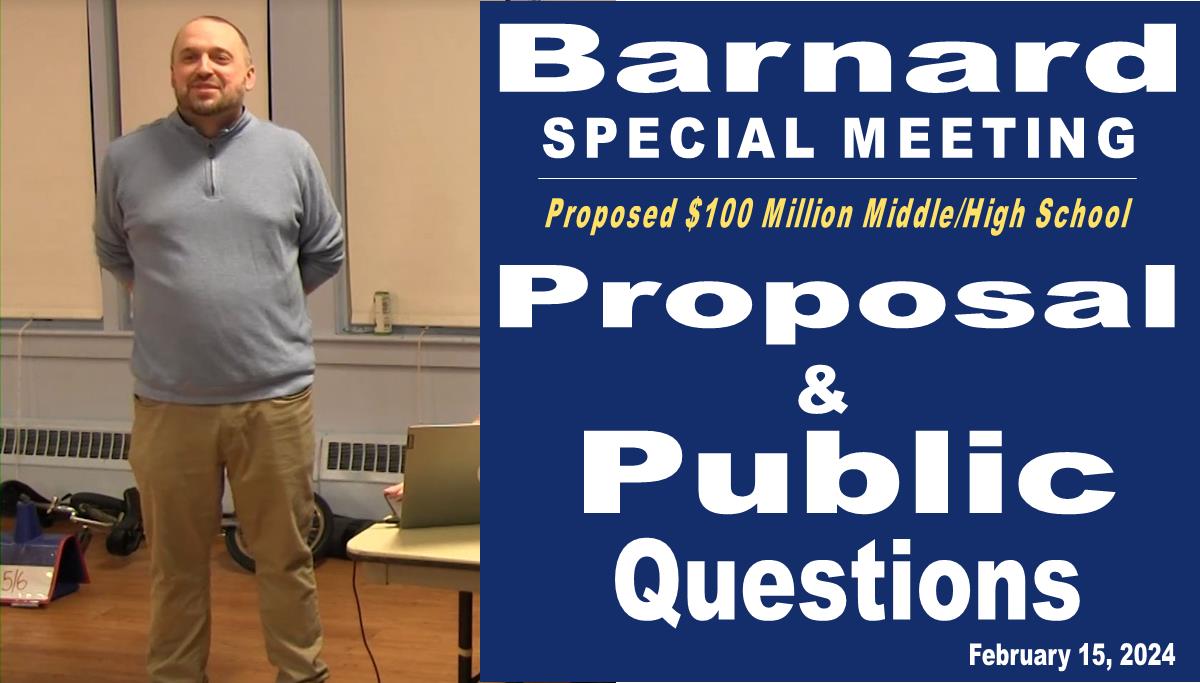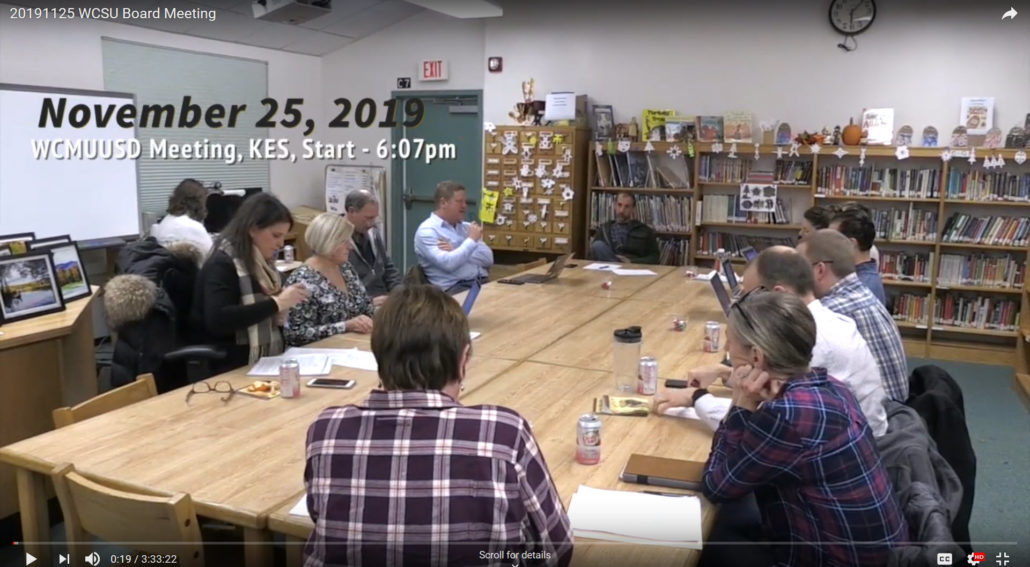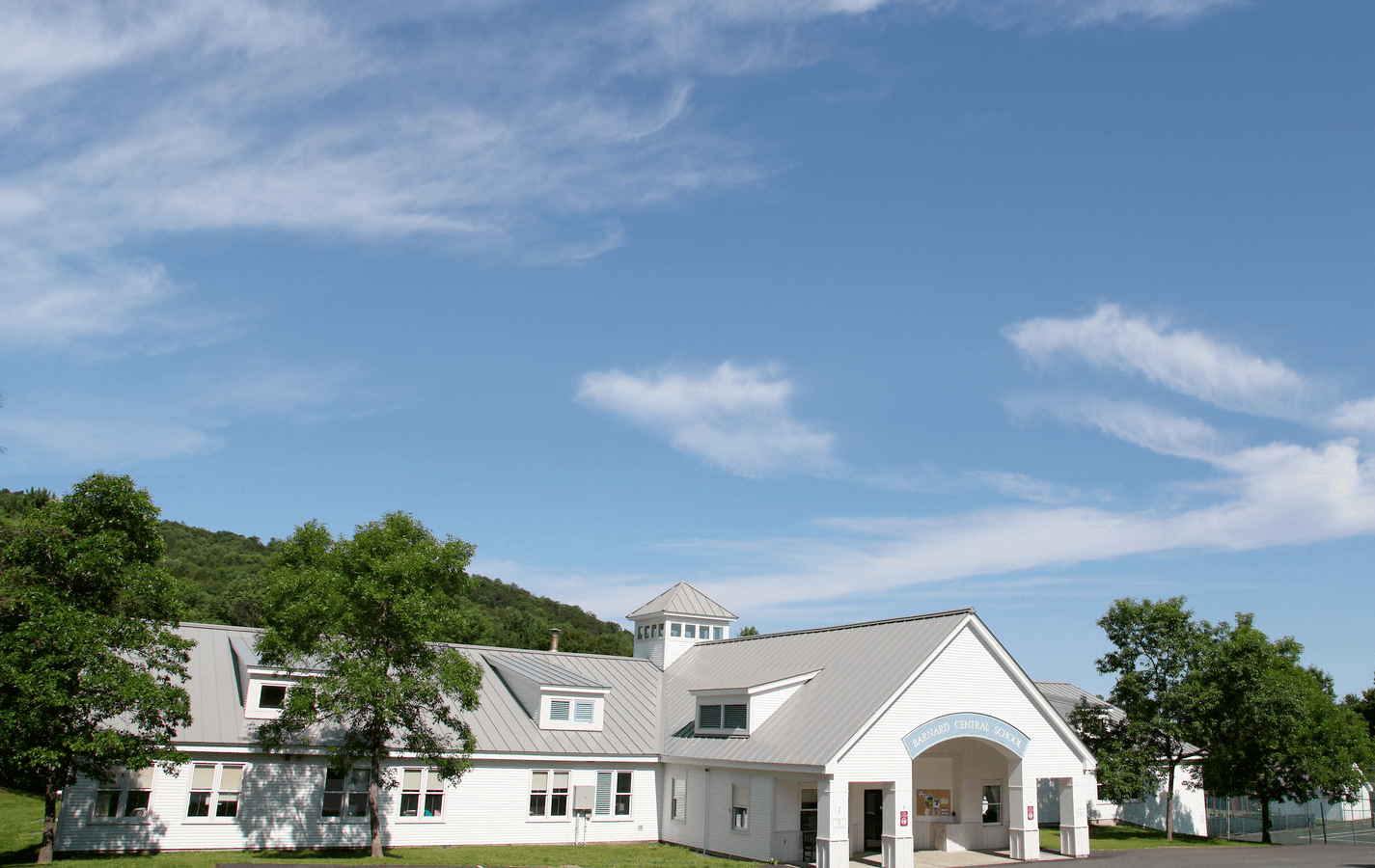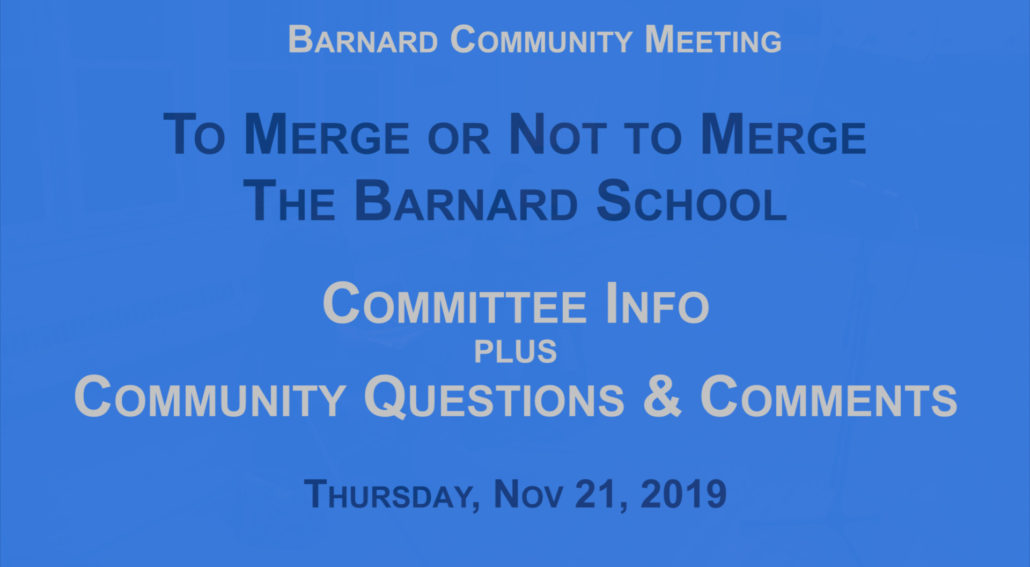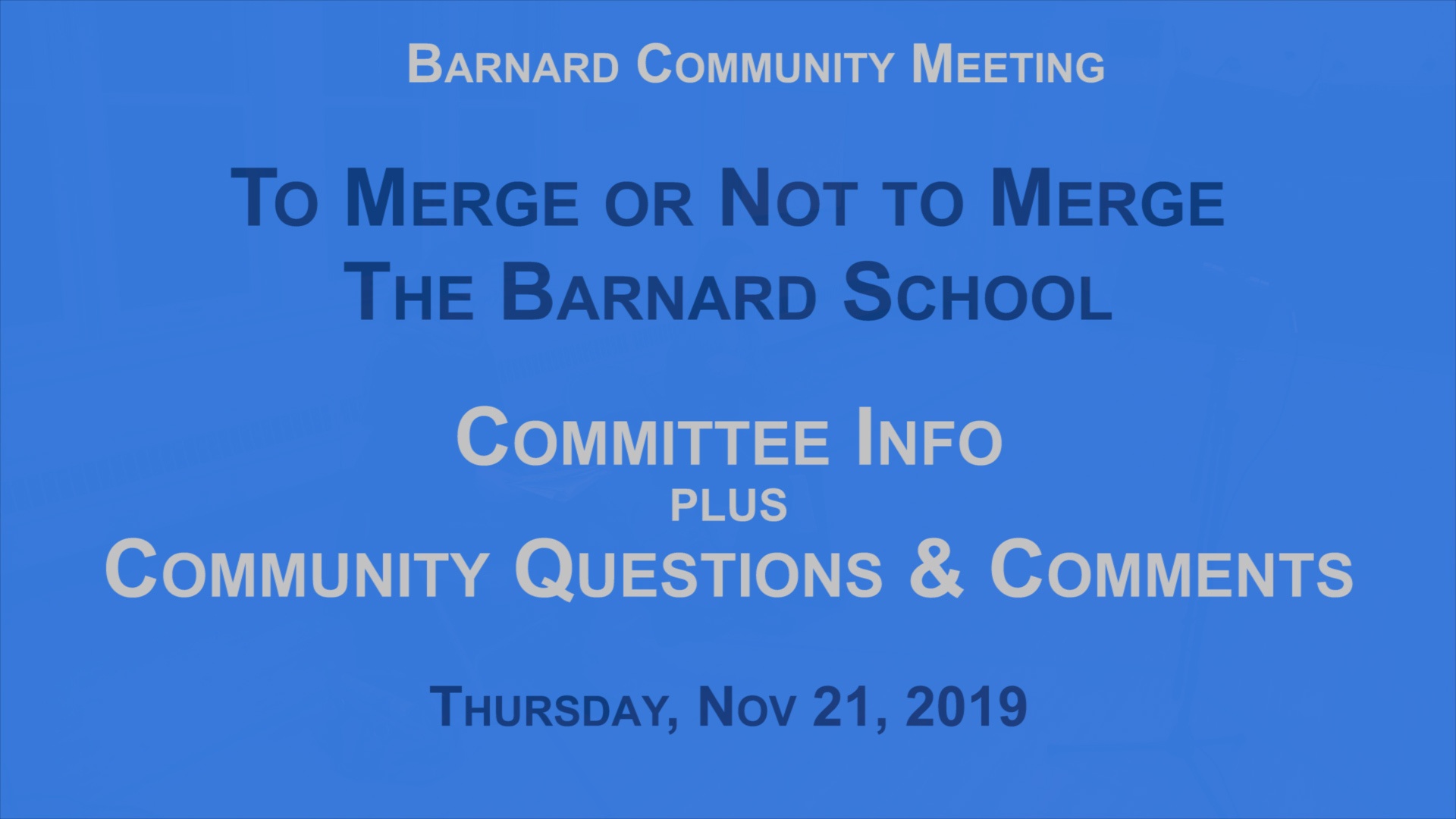
H.S. Building – New Options from District – June 18, 2024
High School Building -
New Options from District
June 18, 2024
The school district presented on June 3rd a few options for the renovation or replacement of the existing middle and high school buildings. Below is a brief summary of the costs of the options.
Details of the various plans were described during the school board meeting and can be seen on the video provided by the school district. Also the meeting was reported in the June 6th edition of the Vermont Standard (online link to article not available at time of publication).
Summary of Options
Original Plan. The original plan to replace both the middle and high school buildings was priced at ($99 million in March 2024). That proposal was voted down by the public. Today that proposal has a cost of $105 million (5% more due to 1 year change of start date – if that plan were to be selected).
Modified Original Plan. The original plan was adjusted by reducing the size or some of the features of portions of the building. That version of the plan resulted in a price tag of $100 million.
Renovate Plan. Another plan based on renovating the existing middle and high school is quoted at $101 million - $105 million (depending on options).
Hybrid Plan. A hybrid plan based on replacing the high school portion and renovating only the interior space of the middle school comes in at $92 million.
Graph of Building Cost Options
Below is a simple graph showing the costs of the various options.
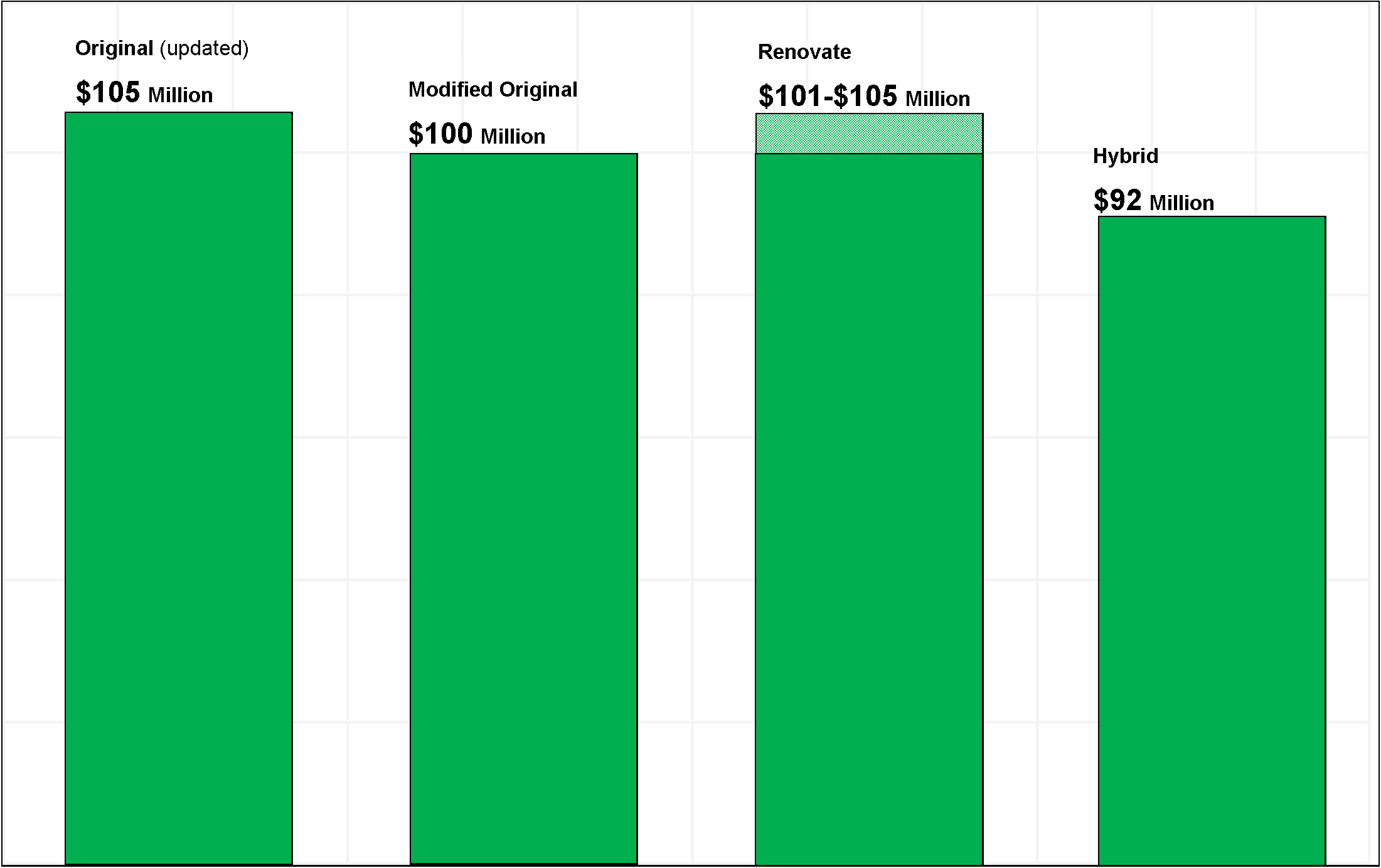
Related Posts
September 18, 2019
EMC Design Review

